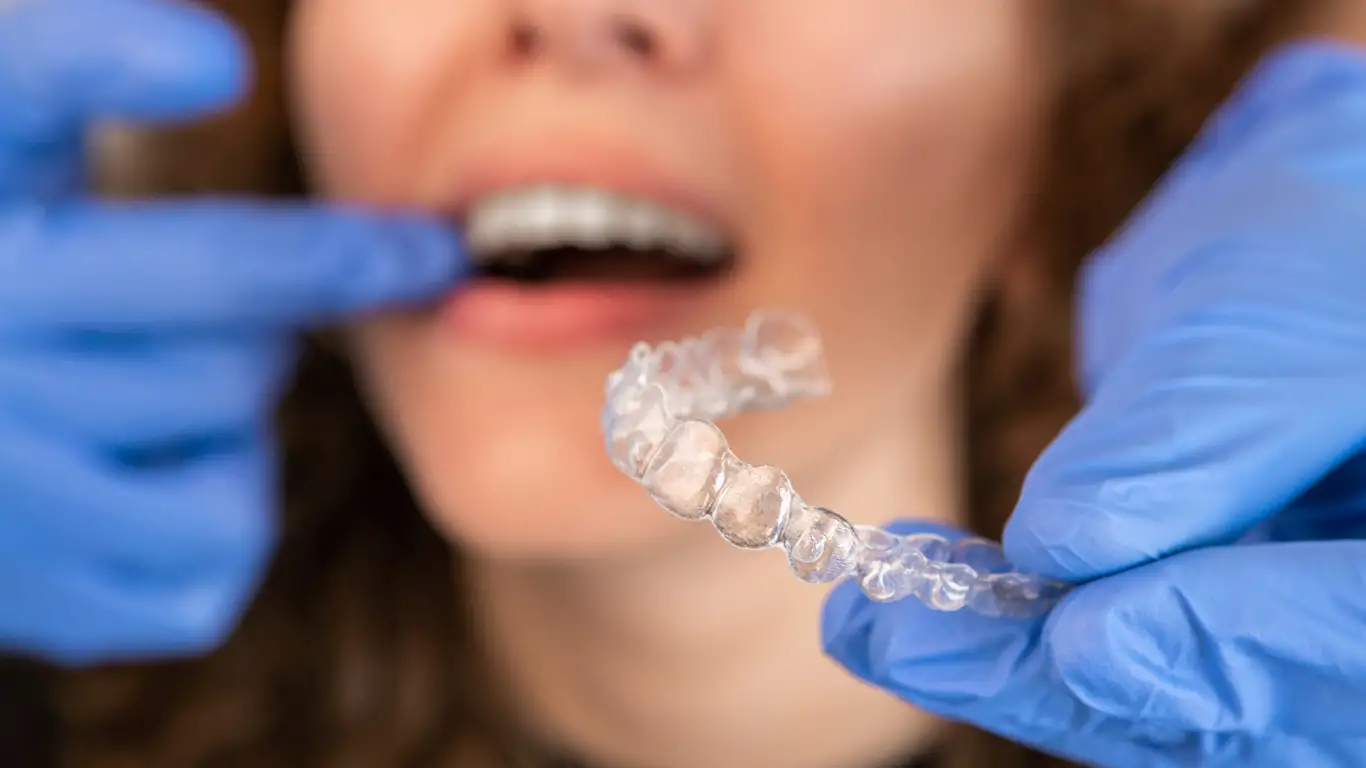Clear Dental Braces Options for a Discreet Smile
Dental braces options include a variety of systems designed to align teeth and improve oral function. From traditional metal braces to more discreet alternatives, understanding the choices available can help individuals and families make informed decisions about orthodontic care.

Orthodontic treatment has transformed dramatically over the past decades, providing patients with multiple pathways to achieve straighter teeth. Whether dealing with minor misalignment or complex bite issues, modern dental technology offers solutions that prioritize both effectiveness and discretion. The variety of available options means patients no longer need to compromise between achieving their desired smile and maintaining their confidence during treatment.
Clear Dental Braces Options for a Discreet Smile
Clear orthodontic solutions have revolutionized the field by addressing the primary concern many patients have about traditional metal braces: visibility. Clear aligners, such as those made from transparent plastic materials, gradually shift teeth into proper position through a series of custom-fitted trays. These removable devices allow patients to eat, brush, and floss normally while undergoing treatment. The clear material makes them virtually invisible from a conversational distance, making them particularly popular among adults and teenagers who want to maintain their appearance during orthodontic care.
Ceramic braces represent another clear option, featuring tooth-colored or clear brackets that blend with natural teeth. While they function similarly to traditional metal braces with wires and brackets, their aesthetic appeal makes them less noticeable. These systems work effectively for complex cases that might not be suitable for removable aligners, providing the precision of traditional braces with improved cosmetic appeal.
Dental Braces Options for Crooked Teeth
Crooked teeth can result from various factors including genetics, childhood habits, or dental trauma. Traditional metal braces remain one of the most effective solutions for severe misalignment cases. These systems use metal brackets attached to teeth, connected by wires that apply consistent pressure to guide teeth into proper position. Modern metal braces are smaller and more comfortable than previous versions, with options for colored bands that can make treatment more enjoyable for younger patients.
Lingual braces offer another solution for those seeking discretion. These brackets attach to the inside surface of teeth, making them completely invisible from the outside. While they require specialized training for orthodontists to install and adjust, they provide excellent results for patients who want the effectiveness of traditional braces without any visible hardware.
Self-ligating braces represent a technological advancement that eliminates the need for elastic bands. These systems use specialized clips to hold wires in place, potentially reducing treatment time and the frequency of adjustment appointments. They come in both metal and clear versions, offering patients flexibility in their aesthetic preferences.
Invisalign and Other Invisible Dental Braces
Invisalign has become synonymous with clear aligner therapy, though several other companies now offer similar products. These systems use advanced 3D imaging technology to create a series of custom aligners that gradually move teeth into desired positions. Each aligner is worn for approximately two weeks before progressing to the next in the series.
The treatment process begins with detailed impressions or digital scans of the patient’s teeth. Computer software then creates a treatment plan showing the expected movement at each stage. Patients receive multiple sets of aligners and typically visit their orthodontist every six to eight weeks for progress monitoring.
Other clear aligner systems include ClearCorrect, SmileDirectClub, and Candid, each offering variations in treatment approach, monitoring methods, and pricing structures. Some systems provide in-person orthodontic supervision, while others rely primarily on remote monitoring through photographs and digital communication.
| Treatment Type | Provider Examples | Average Cost Range | Treatment Duration |
|---|---|---|---|
| Traditional Metal Braces | Local orthodontists, dental practices | $3,000 - $7,000 | 18-36 months |
| Clear Ceramic Braces | Orthodontic specialists | $4,000 - $8,000 | 18-36 months |
| Invisalign | Certified Invisalign providers | $3,000 - $8,000 | 12-24 months |
| Other Clear Aligners | Various orthodontic practices | $2,000 - $6,000 | 12-24 months |
| Lingual Braces | Specialized orthodontists | $8,000 - $13,000 | 18-36 months |
Prices, rates, or cost estimates mentioned in this article are based on the latest available information but may change over time. Independent research is advised before making financial decisions.
Selecting the appropriate orthodontic treatment depends on multiple factors including the severity of misalignment, lifestyle considerations, budget constraints, and personal preferences. Patients should consult with qualified orthodontic professionals to determine which option best suits their specific needs. Many practices offer payment plans and financing options to make treatment more accessible. The investment in orthodontic care often provides long-term benefits beyond aesthetics, including improved oral health, better bite function, and increased confidence. With today’s diverse range of options, achieving a straighter smile has become more convenient and discreet than ever before.
This article is for informational purposes only and should not be considered medical advice. Please consult a qualified healthcare professional for personalized guidance and treatment.




